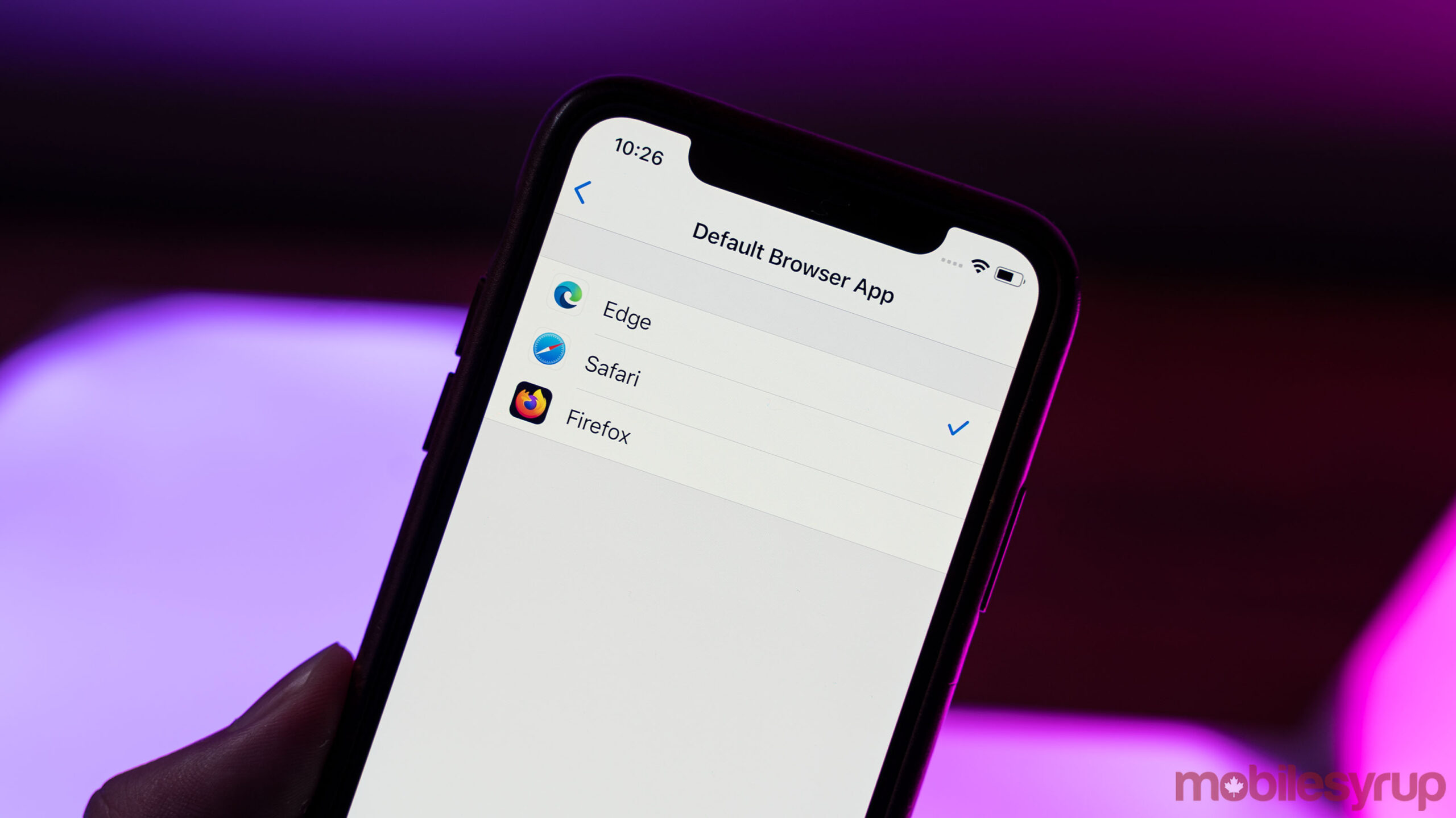
iOS 14 and iPadOS 14 have arrived, and they finally bring a long-awaited feature: you can change the default browser and mail app.
While some may be perfectly happy using Safari or Apple’s Mail app, I — and I’m sure many others — are not. Thankfully, there are plenty of options for those who want to switch. On the browser side, Google Chrome and Edge added support for the new feature before iOS 14 officially launched, while Firefox and the DuckDuckGo browser have also now added support.
There are even more options on the email side, including my personal favourite, Spark. However, just because a mail or browser app exists on iOS doesn’t mean it can be made the default. App developers need to push updates with support for the feature, and 9to5Mac indicates that Apple must also approve apps first. Still, now that iOS 14 is out, I’d expect more browser and mail apps to roll out support.
To change your default app, head to Settings and then scroll down to the list of apps. If you’re changing the default browser, locate the browser you want to switch to. Tap it to open the app’s settings page, then tap ‘Default Browser App’ to change the selection from Safari to something else. It’s worth noting that if you have multiple browser apps, they should all be in the list. In other words, you can also just go to the Safari page in Settings and change the browser there (although when I tried this not every browser I had installed showed up).

The process is much the same with the default email app — find the app you want to switch to in Settings, tap it, tap ‘Default Mail App’ and select one option. It’s worth noting that in my case, since I previously removed Apple’s Mail app from my iPhone, the only email app I had on my phone was automatically set to the default.
If your preferred browser or email app isn’t able to be set as the default, head to the App Store and check for any updates. There’s a good chance the developer needs to add support for the default app feature in iOS 14.
Source: 9to5Mac
MobileSyrup may earn a commission from purchases made via our links, which helps fund the journalism we provide free on our website. These links do not influence our editorial content. Support us here.


